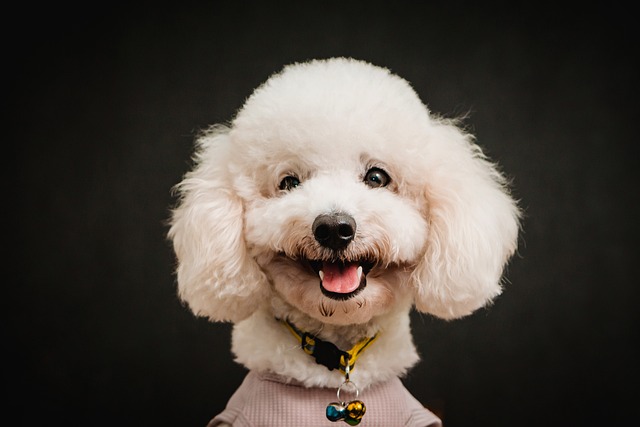
How can I tell if my dog's heatstroke is serious
Let’s be real: It’s a sticky August morning in Los Angeles, and you took your 2-year-old Golden Retriever, Max, for a walk a little later than usual
Poodles aren’t just fancy fur and prissy reputations—they’re bundles of energy with brains to match. Skip their exercise, and you’ll see that energy bubble over into chewed shoes or zoomies at 3 a.m. The trick is finding activities that tire both their bodies and their minds, since a bored Poodle is a troublemaking Poodle. What works best? It depends on their size—toy, miniature, or standard—but there’s one thing all Poodles crave: movement with a purpose.
A good walk is a start, but not just any stroll around the block. These dogs love to explore, so mix up your route to keep things interesting. Sniffing new bushes, greeting other dogs (on a leash, of course, to follow local rules), and trotting up a slight hill can turn a mundane walk into an adventure. Standards might need 45 minutes to an hour, while toys can get by with 20 to 30 minutes—though they’ll probably beg for more. The key is consistency; a daily routine helps them burn off steam without overdoing it.
Fetch with a twist is another winner. Poodles are natural retrievers, so tossing a ball or frisbee gets their legs moving and their instincts kicking in. Try hiding the toy behind a tree or under a bush to make them use their nose—suddenly it’s not just exercise, it’s a puzzle. Just be careful with hard surfaces, especially for puppies, to protect their joints. Grass or soft dirt is better for those enthusiastic leaps and bounds.
 Swimming is a gem for Poodles, especially in warmer months. Their curly coats are water-resistant, and their athletic builds make them surprisingly strong swimmers. A dip in a lake, a kiddie pool in the backyard, or a supervised session at a dog-friendly beach can cool them down while giving their muscles a low-impact workout. It’s gentle on hips and knees, which is great for older Poodles or those prone to joint issues. Just remember to rinse them off afterward to avoid chlorine or salt buildup in their fur.
Swimming is a gem for Poodles, especially in warmer months. Their curly coats are water-resistant, and their athletic builds make them surprisingly strong swimmers. A dip in a lake, a kiddie pool in the backyard, or a supervised session at a dog-friendly beach can cool them down while giving their muscles a low-impact workout. It’s gentle on hips and knees, which is great for older Poodles or those prone to joint issues. Just remember to rinse them off afterward to avoid chlorine or salt buildup in their fur.
Training sessions count too, believe it or not. Teaching a new trick—like spinning in circles or fetching specific items—keeps their minds engaged, and all that focus burns mental energy that’s just as important as physical exertion. Add in some agility moves at home, like jumping over a low broomstick or weaving through chairs, and you’ve got a full-body workout that feels like play. Poodles thrive on praise, so every “good boy” or treat makes them want to try harder, turning exercise into bonding time.
The best exercise for Poodles is whatever gets them moving and thinking, tailored to their size and personality. It might take some trial and error—your toy Poodle might prefer chasing a laser pointer, while your standard could live for a morning jog. What matters most is that you’re both having fun, staying safe, and keeping those clever minds busy. After all, a tired Poodle is a happy Poodle—and a happy Poodle makes for a happy home.

Let’s be real: It’s a sticky August morning in Los Angeles, and you took your 2-year-old Golden Retriever, Max, for a walk a little later than usual

You're enjoying a summer afternoon at the park when you notice your dog has stopped panting and appears disoriented - their gums are bright red

Let’s paint the picture: You’re in your Denver apartment, watching your 4-year-old Boston Terrier, Ruby, plop down mid-play session with her favorite toy

Many dog owners notice their pets nails seem shorter after regular walks,but how much does this daily activity actually help?The answer depends on where you walk—concrete sidewalks or asphalt streets gently file nails as a dog's paws hit the ground

Most dog owners notice their pup scooting across the carpet at some point, but few connect it to impacted anal glands. These small sacs near a dog’s rectum secrete a scent for marking territory

Most vets agree that regular dog teeth cleaning is key to avoiding painful dental issues later. For healthy adult dogs, a professional cleaning at the vet’s office every 12 to 18 months usually works well.